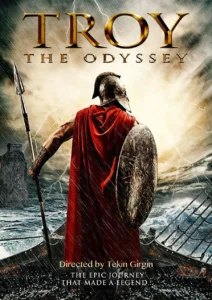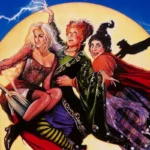To Kill a Mockingbird (by Harper Lee):
“To Kill a Mockingbird” is a novel written by Harper Lee and published in 1960. It is a classic work of American literature that explores themes of racism, injustice, and the loss of innocence.
The story is narrated by a young girl named Scout Finch, who lives in a small town in Alabama in the 1930s. Scout’s father, Atticus Finch, is a lawyer who is assigned to defend a black man, Tom Robinson, who is falsely accused of raping a white woman. Atticus faces intense opposition from the town’s racist residents, but he remains committed to defending Tom and upholding justice.
The novel is widely regarded as a masterpiece of American literature and has won numerous awards, including the Pulitzer Prize. It has been translated into over 40 languages and has sold more than 40 million copies worldwide. “To Kill a Mockingbird” has been adapted into a successful film and a play, and its enduring popularity continues to inspire readers and audiences around the world.
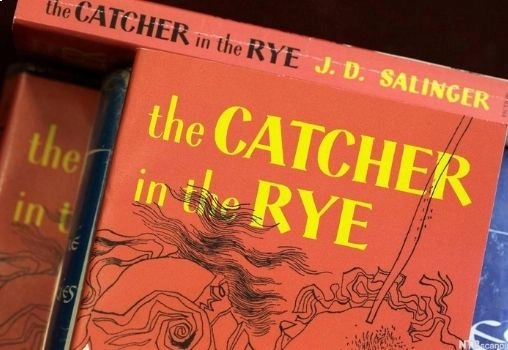
The Catcher in the Rye (by J.D. Salinger):
“The Catcher in the Rye” is a novel written by J.D. Salinger and published in 1951. It is a classic work of American literature that explores themes of alienation, disillusionment, and the loss of innocence.
The story is narrated by a teenage boy named Holden Caulfield, who has been expelled from his prep school in Pennsylvania. Holden wanders around New York City, struggling to come to terms with the world around him and his own identity. He encounters a variety of characters, including his old girlfriend, his younger sister, and a prostitute, but he ultimately feels disconnected from everyone and everything.
The novel has been both highly acclaimed and highly controversial since its publication. It has been banned in some schools and libraries due to its profanity and sexual content, but it has also been praised for its authentic portrayal of adolescent angst and its influence on later generations of writers. “The Catcher in the Rye” has sold over 65 million copies worldwide and remains a beloved and enduring classic of American literature.
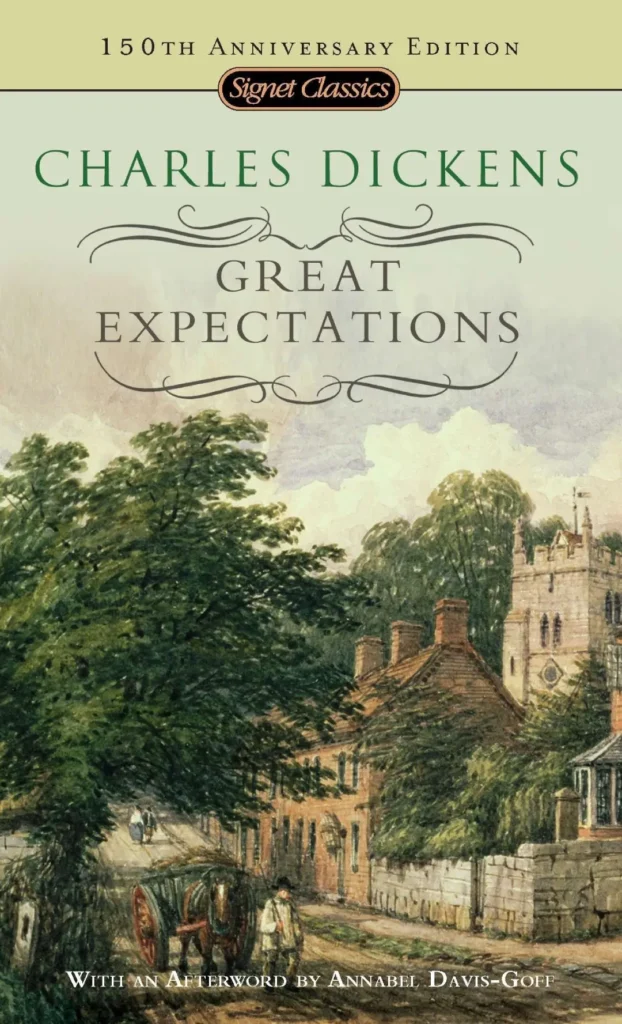
Great Expectations (by Charles Dickens):
“Great Expectations” is a novel by Charles Dickens, first published in serial form from 1860 to 1861 and then as a complete novel in 1861. It is considered one of Dickens’ most popular and enduring works.
The novel tells the story of Pip, a young orphan boy who lives with his sister and her husband, a blacksmith. One day, Pip encounters an escaped convict who asks for his help. This event sets in motion a series of events that change Pip’s life forever, leading him to become a gentleman in London, thanks to the support of an unknown benefactor.
As Pip navigates his new life and the people he meets along the way, including the eccentric Miss Havisham and her ward, the beautiful but manipulative Estella, he learns important lessons about social class, ambition, and the true meaning of friendship.
“Great Expectations” is widely regarded as one of Dickens’ most successful works, and has been adapted into numerous films, television shows, and stage productions. The novel is celebrated for its vivid portrayal of characters and its themes of identity, ambition, and redemption. It is considered a classic of English literature and continues to be widely read and studied today.

Lord of the Flies (by William Golding):
“Lord of the Flies” is a novel written by William Golding and published in 1954. It is a classic work of English literature that explores the darker side of human nature and the potential for savagery that lies within all of us.
The novel tells the story of a group of boys who are stranded on a deserted island after a plane crash. As they struggle to survive and find a way to be rescued, their initially civilized behavior quickly devolves into chaos and violence. The boys form their own society with a hierarchy, but as their basic needs are not met and tensions rise, they turn on each other and give in to their primal instincts.
“Lord of the Flies” is a powerful allegory that uses the boys’ behavior on the island to comment on human nature and the dangers of mob mentality. The novel has been widely read and studied and has been adapted into numerous films, television shows, and stage productions. It is considered a classic of modern literature and has been praised for its exploration of fundamental human issues such as power, authority, and the struggle between civilization and savagery.
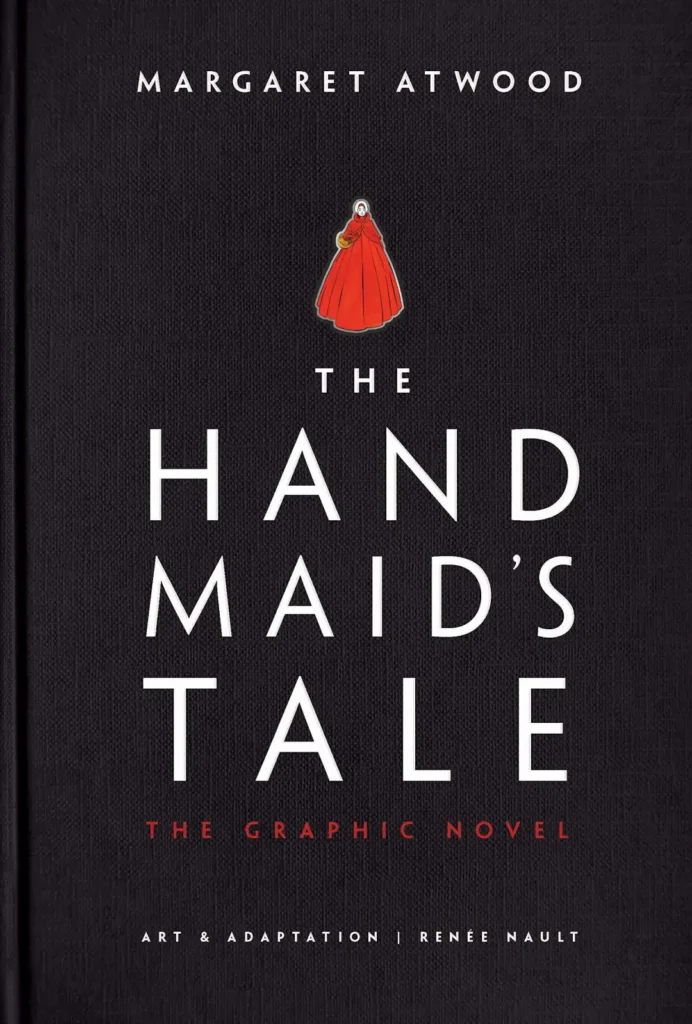
The Handmaid’s Tale (by Margaret Atwood):
“The Handmaid’s Tale” is a dystopian novel written by Canadian author Margaret Atwood and published in 1985. The story is set in the near future in the Republic of Gilead, a totalitarian and patriarchal society that has replaced the United States.
The novel is narrated by a woman named Offred, who has been forced into the role of a “handmaid,” a woman who is assigned to bear children for wealthy and powerful couples who cannot conceive on their own. Offred is stripped of her identity, her rights, and her family, and forced to live in a society where women have no agency and are subject to constant surveillance and punishment.
Through Offred’s story, Atwood explores themes of oppression, gender roles, and the dangers of religious fundamentalism. “The Handmaid’s Tale” has been praised for its powerful and thought-provoking message, and has become a landmark work of feminist literature. It has been adapted into a successful television series and has been widely read and studied, particularly in the context of current political and social issues related to gender and power.

The Scarlet Letter (by Nathaniel Hawthorne):
“The Scarlet Letter” is a novel written by Nathaniel Hawthorne and published in 1850. The story is set in Puritan New England in the mid-17th century and tells the story of a young woman named Hester Prynne who is punished for committing adultery by being forced to wear a scarlet letter “A” on her chest as a symbol of her shame.
As Hester struggles to rebuild her life, she becomes a figure of fascination and controversy in her small community, drawing the attention of the stern Puritan clergyman, Arthur Dimmesdale, who secretly fathered her child. As the novel progresses, the complex relationships between Hester, Dimmesdale, and Hester’s long-lost husband, Roger Chillingworth, become increasingly strained and dangerous.
“The Scarlet Letter” is a powerful exploration of guilt, shame, and redemption, and is considered one of the great works of American literature. The novel has been widely read and studied and has been adapted into numerous films, television shows, and stage productions. It is celebrated for its vivid portrayal of characters and its themes of sin, morality, and the human condition.

Lolita (by Vladimir Nabokov):
“Lolita” is a novel written by Russian American author Vladimir Nabokov and published in 1955. The novel tells the story of a middle-aged man named Humbert Humbert who becomes obsessed with a 12-year-old girl named Dolores Haze, whom he nicknames “Lolita.”
Humbert becomes Lolita’s stepfather and takes her on a road trip across the United States, during which he engages in a sexual relationship with her. The novel is written from Humbert’s perspective, and he attempts to justify and romanticize his relationship with Lolita, while also acknowledging the immorality of his actions.
“Lolita” is controversial due to its subject matter and has been both praised for its literary merit and criticized for its depiction of pedophilia. The novel has been widely read and studied and has been adapted into numerous films, television shows, and stage productions. It is celebrated for its complex narrative structure, rich language, and exploration of themes such as obsession, desire, and morality.

Wuthering Heights (by Emily Bronte):
“Wuthering Heights” is a novel written by Emily Bronte and published in 1847. The story is set in the wild, windswept moors of Yorkshire, England, and follows the lives of the passionate and volatile inhabitants of two neighboring houses: Wuthering Heights and Thrushcross Grange.
The novel tells the story of the doomed love affair between Catherine Earnshaw, the daughter of the owner of Wuthering Heights, and Heathcliff, an orphan boy taken in by Catherine’s father. The two are deeply in love, but their relationship is doomed by their class differences and their own fierce, tempestuous natures.
As the story unfolds, it becomes clear that Wuthering Heights is haunted by the past and by the ghosts of those who have lived and loved there before. The novel is told from multiple perspectives and over several generations, as the lives of the characters become entangled in a complex web of love, revenge, and tragedy.
“Wuthering Heights” is celebrated for its lush, atmospheric prose and its portrayal of the powerful emotions and passions that drive human behavior. The novel has been widely read and studied and has been adapted into numerous films, television shows, and stage productions. It is considered a classic of English literature and is widely regarded as one of the greatest works of Gothic fiction.

Lady Chatterley’s Lover (by D.H. Lawrence):
“Lady Chatterley’s Lover” is a novel written by D.H. Lawrence and published privately in Italy in 1928. The novel tells the story of Lady Constance Chatterley, a young English noblewoman who is married to Clifford Chatterley, a wealthy landowner who becomes paralyzed from the waist down after serving in World War I.
Feeling trapped and isolated in her loveless marriage, Lady Chatterley begins an affair with the gamekeeper on her husband’s estate, Oliver Mellors. The two begin a passionate and sexually explicit relationship that challenges the social norms and conventions of their time.
The novel is celebrated for its frank and explicit portrayal of sexuality, and for its exploration of themes such as love, passion, and class conflict. When it was first published, the book was banned in several countries and sparked controversy due to its sexually explicit content and its challenge to the prevailing social and moral attitudes of the time.
“Lady Chatterley’s Lover” has been widely read and studied, and has been adapted into numerous films, television shows, and stage productions. It is considered a classic of English literature and a landmark work in the history of the portrayal of sexuality in fiction.
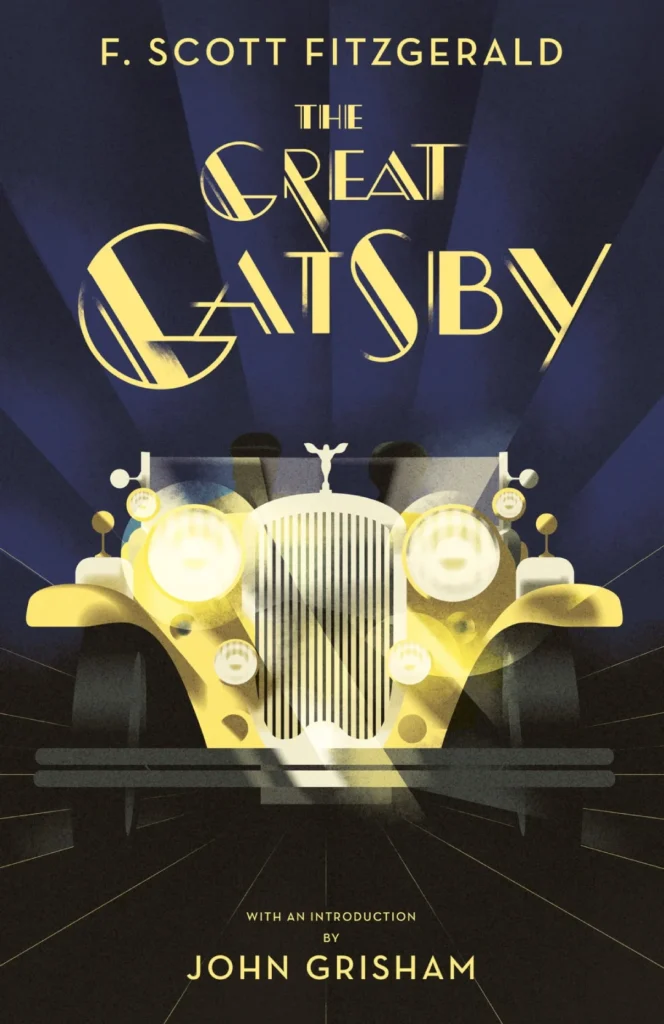
The Great Gatsby (by F. Scott Fitzgerald):
“The Great Gatsby” is a novel written by F. Scott Fitzgerald and published in 1925. The story is set in the Roaring Twenties, a time of great social change and excess, and follows the life of the enigmatic and wealthy Jay Gatsby.
Narrated by Nick Carraway, a young man from the Midwest who moves to New York to work in the bond business, the novel explores themes of wealth, power, love, and the American Dream. Gatsby, a self-made millionaire with a mysterious past, throws lavish parties in an attempt to win back his former lover, Daisy Buchanan, who is now married to Tom Buchanan, a wealthy and arrogant man with a cruel streak.
As Nick becomes increasingly involved in the lives of the Buchanans and Gatsby, he witnesses their relationships unravel and the destructive consequences of their excess and privilege.
“The Great Gatsby” is celebrated for its rich language, complex characters, and exploration of the darker aspects of the American Dream. The novel has been widely read and studied, and has been adapted into numerous films, television shows, and stage productions. It is considered a classic of American literature and a defining work of the Jazz Age.



